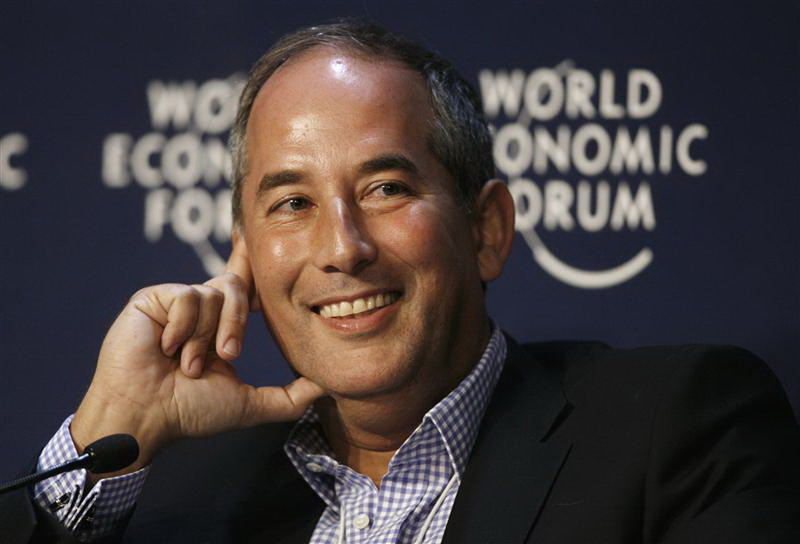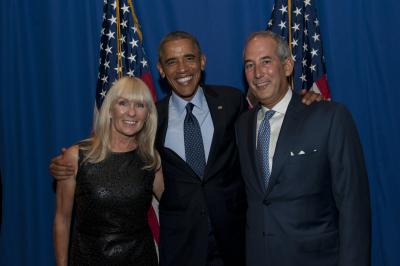This morning Reuters hosted a very timely and important discussion on the impact of the ongoing credit/liquidity crisis on the financial stability of major economies. After a warm introduction by Prime Minister Gordon Brown Alan Greenspan former Chairman of the US Federal Reserve shared his thoughts on the crisis. These remarks have been well reported elsewhere – most notably of course on reuters.com.
In a private chat after the event I had the chance to explore further with Dr. Greenspan the observation he made during his formal remarks that after a long and distinguished career as a central banker he had concluded that human beings were naturally inclined to create and fall victim to speculative financial bubbles (e.g the tulip bubble the South Sea bubble and more recently the equity and housing bubbles). While this somewhat psychological explanation might seem at odds with the classical economic position often ascribed to Adam Smith Dr. Greesnpan noted that one needed to read the far better known and widely read The Wealth of Nations alongside Smith’s other great work The Theory of Moral Sentiments.
In reaching for a more holistic interpretation of Adam Smith’s legacy Dr. Greenspan is of course very much in keeping with the recent work in behavioral economics which has come to challenge the view that all market participants are fully rational actors who will only act in their own self-interest. If this summer’s market shenanigans are any indication this more humanistic side of the "dismal science" will be working overtime on new empirical data






I hope that having realised the limitations of rational homo economicus (a wholly modern construction designed to make the mathematical modelling simpler) people like Alan Greenspan are not going to encourage another diversion into the hopeless quest to
well I think its more of a herd mentality increasing number of people chasing few assets. Greenspan might argue that is very much behavioral in nature but he cannot dispute that there were variables that created such a phenomenon as housing bubble in the first place. The variables were low interest rates loose credit lending standards and of course new creative/fancy ways of financing properties but the key variables was probably the expectation that real estate asset will appreciate indefinitely. There is a good paper by Robert Shiller which shows the effects of pervious housing bubbles in California and Florida. http://cowles.econ.yale.edu/P/cd/d16a/d1610.pdf